Many challenges from climate change
Quang Ninh has quite rich water resources, including reservoirs, rivers, streams, surface water, groundwater and treated mine wastewater from the coal industry. According to the assessment of the functional sector, the province has about 8,146 million m3 of surface water resources each year, and the groundwater resource can be exploited up to 617 million m3/year, equivalent to 1.6 million m3/day and night.
However, the province's water resources are decreasing in reserves due to the impact of climate change, rising sea levels, and changes in flow regimes. Degraded forests also reduce the ability to retain and regulate water resources. In particular, the process of industrialization, urbanization, population growth, and increasing demand for water for daily life, production, and business, as well as the situation of water pollution that has not been thoroughly resolved, also reduces the quality and reserves of water resources.

Mr. Tran Manh, Deputy General Director of Quang Ninh Clean Water Joint Stock Company, said that the Company is currently focusing on developing service pipelines to focus on customer development; especially focusing on expanding water supply to suburban and rural areas, especially areas with difficult water sources in mountainous communes.
Currently, the rate of households using clean water in the Company's water supply area for urban areas is 96.14%, and for rural areas it is 54.5%.
Talking to reporters, Chairman of Tan Dan Commune People's Committee, Mr. Ho Ngoc Thuy said that as a mountainous commune of Ha Long City, with over 90% of the population being ethnic minorities, for many years, people have been using water flowing from reservoirs, streams, and creeks, so the water quality is difficult to ensure. Although there are many streams and creeks in the commune, in the dry season, the water source dries up, affecting the daily life and production of local people.
Mr. Trieu Sinh An, Dong Bung village, Tan Dan commune shared that although his house is located right next to a large stream, in the dry season, the stream water dries up, and his family has to use a pump to pump water from the stream to the tank for the whole family to use and water the plants. The family's wish as well as the people in the commune is to have a factory that provides clean water, ensuring quality so that people can live and work with peace of mind, stabilize their lives, and escape poverty.
This is also the situation happening in many highland communes in Ha Long City, especially in mountainous districts such as Ba Che, Binh Lieu, Tien Yen... that Quang Ninh province is focusing on solving in order to bring water resources to the people, especially ethnic minorities in mountainous and island areas.
Increase the rate of clean water use in rural areas
Quang Ninh currently has over 162,000 ethnic minority people. Implementing the 2023 working theme, localities in the province have had many practical solutions to improve the lives of ethnic minorities, mountainous and remote areas.
Speaking to reporters, Mr. Ngoc Thai Hoang, Deputy Director of the Department of Natural Resources and Environment of Quang Ninh province, said that the task of ensuring water security is one of the important factors contributing to economic development and stabilizing people's lives. This is also a key task according to the Project "Ensuring water security in the province for the period 2021-2025, with a vision to 2030" of Quang Ninh province, which has been developed recently, aiming to increase the rate of rural people using clean water to over 70% in 2023.
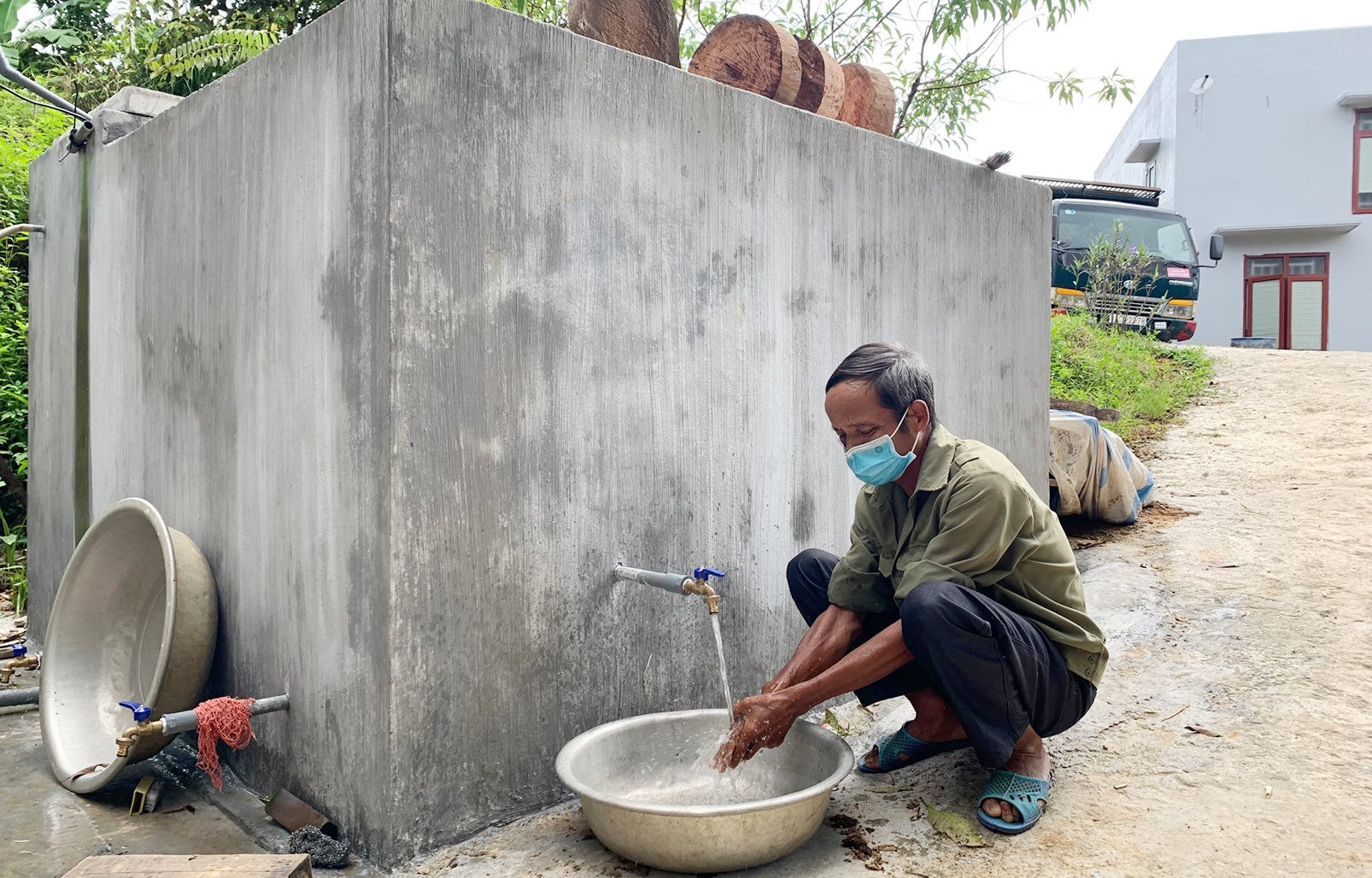
Ba Che is a mountainous district with a large number of ethnic minorities living in many areas with complex terrain. To improve people's lives, this year, the district strives to increase the rate of people using clean water from 68% to 72% and 100% of households using hygienic water.
Since 2019, Ba Che district has started construction of a project to supply water for daily life and concentrated production for 4 highland communes: Luong Mong, Minh Cam, Dap Thanh, Thanh Lam, with a total investment of 120 billion VND, of which the provincial budget supports 70%, the rest is balanced and arranged by the district budget. The project will be completed and put into use in 2021, meeting the domestic water needs of about 14,000 people in 4 communes, creating a source of irrigation water for about 70 hectares of double-crop rice and 20 hectares of crops in Luong Mong commune, reducing flooding in the downstream area, creating an eco-tourism landscape for the project area in particular and Ba Che district in general.
Mr. Trieu Cam Thanh, in Lang Cong village, Don Dac commune, shared that with the encouragement and support of the government, his family invested more than 3 million VND to buy water pipes from the mountain stream and a water tank to have water for daily use. Since the self-flowing water pipes leading to the house have been installed, my family does not have to spend time fetching water like before, ensuring the health of family members.
In the coming time, Quang Ninh needs to accelerate the implementation of support policies for people in rural areas, especially ethnic minority areas. It is necessary to focus resources on investing in building more concentrated water supply clusters in ethnic minority areas to fundamentally solve difficulties in water supply and respond to climate change. At the same time, it is necessary to promote propaganda and education to raise awareness of environmental protection, promote people to use water economically, protect water resources well, as well as preserve forests in upstream forest areas.
Quang Ninh province currently has 730 irrigation works, with 176 reservoirs, 460 dams, 94 pumping stations serving irrigation of rice, vegetables, fruit trees and supplying water for aquaculture. In order to promote the effectiveness of irrigation works, in recent times, localities have strengthened the management, exploitation and protection of dams and pumping stations assigned to their management, prioritizing the allocation of local budgets to repair and upgrade dams, especially in places lacking water sources.
Source



![[Photo] General Secretary To Lam visits exhibition of achievements in private economic development](https://vphoto.vietnam.vn/thumb/1200x675/vietnam/resource/IMAGE/2025/5/18/1809dc545f214a86911fe2d2d0fde2e8)
![[Photo] More than 17,000 candidates participate in the 2025 SPT Competency Assessment Test of Hanoi National University of Education](https://vphoto.vietnam.vn/thumb/1200x675/vietnam/resource/IMAGE/2025/5/17/e538d9a1636c407cbb211b314e6303fd)

![[Photo] National conference to disseminate and implement Resolution No. 66-NQ/TW and Resolution No. 68-NQ/TW of the Politburo](https://vphoto.vietnam.vn/thumb/1200x675/vietnam/resource/IMAGE/2025/5/18/adf666b9303a4213998b395b05234b6a)



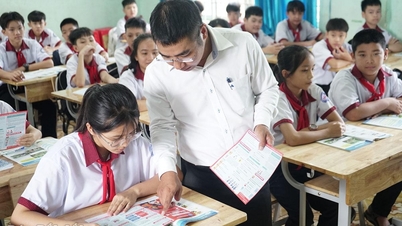

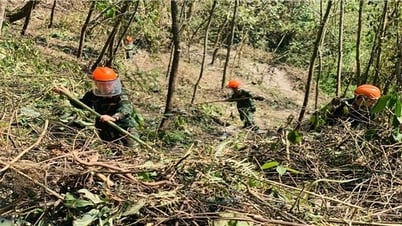
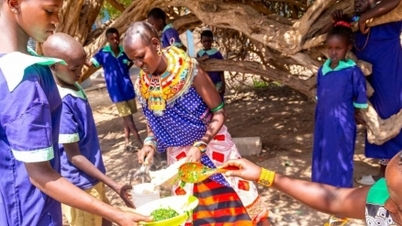

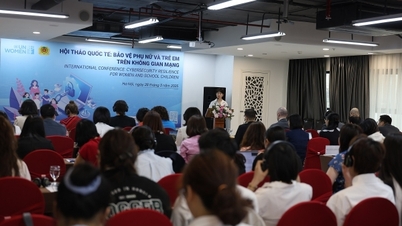




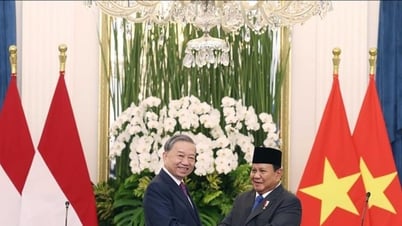
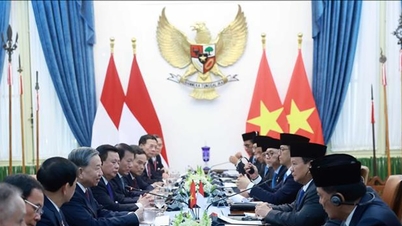

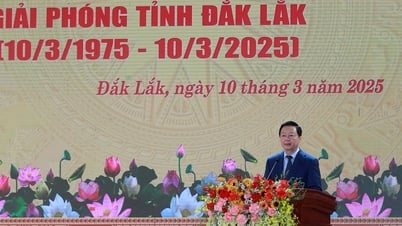
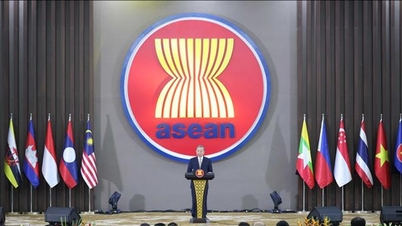

![[Photo] Prime Minister Pham Minh Chinh chairs meeting on science and technology development](https://vphoto.vietnam.vn/thumb/1200x675/vietnam/resource/IMAGE/2025/5/17/ae80dd74c384439789b12013c738a045)















































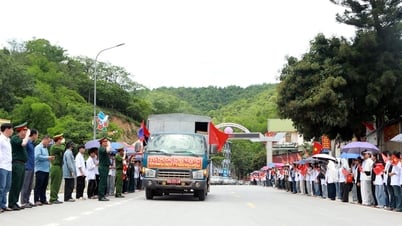

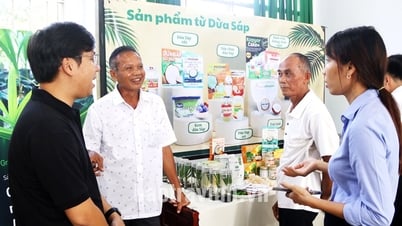



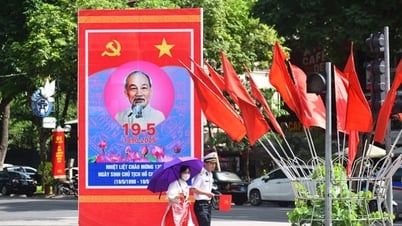

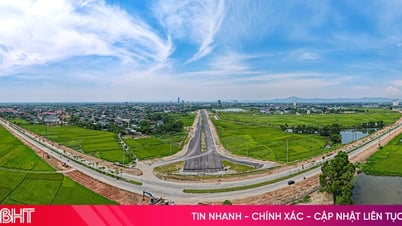










Comment (0)